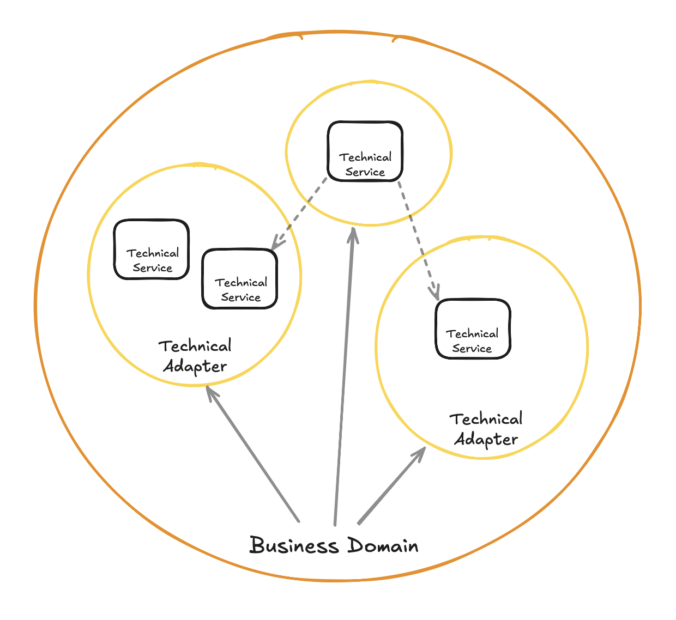Integrating emerging programming techniques like Vibe Programming into traditional software development could bring several advantages. Vibe Programming is an emerging paradigm that emphasizes real-time collaboration, intuition-driven development, and AI-assisted coding. Here’s how it can influence traditional software development:
1. AI-Driven Development Assistance
- Code Generation & Refactoring: AI-assisted tools (like Copilot, ChatGPT, or Tabnine) help developers write code faster by predicting patterns and automating repetitive tasks.
- Bug Detection & Auto-Fixing: AI can proactively detect issues in code and suggest fixes in real time, reducing debugging efforts.
- Personalized Recommendations: AI models can learn from individual developer styles and project histories to suggest tailored solutions.
Traditional software development can shift from manual coding to an AI-augmented approach, improving efficiency and reducing errors.
2. Real-Time & Intuitive Development
- Natural Language Coding: Developers can write in a mix of structured code and natural language, reducing the learning curve for new technologies.
- Live Collaboration & Pair Programming: Platforms like Cursor or tools built into IDEs enable multiple developers (or AI assistants) to work on the same codebase simultaneously.
- Code as a Conversation: Instead of rigid structures, coding could become more of an interactive, fluid process where AI and developers “chat” to refine logic.
Traditional software processes can move toward real-time, interactive, and more intuitive workflows, making development more accessible.
3. Adaptive and Context-Aware Systems
- Prompt-Driven Development: Instead of starting from scratch, developers describe high-level goals, and AI scaffolds the structure.
- Automated Context Switching: AI tools can detect what a developer is working on and automatically load relevant documentation, snippets, or even UI components.
- Dynamic Code Evolution: Systems can learn and evolve in real time based on developer interactions and historical project data.
Traditional software development can become more adaptive and fluid, reducing unnecessary rework and improving knowledge transfer.
4. Non-Linear Development Process
- Parallel Workflows: AI-assisted branching and merging can enable developers to work on multiple features without worrying about version conflicts.
- Flexible Roadmaps: Instead of rigid sprint planning, AI can help adjust priorities dynamically based on real-time progress and dependencies.
- Experience Over Syntax: More focus on logic, problem-solving, and collaboration rather than remembering syntax.
Agile methodologies can evolve into even more flexible and responsive workflows, optimizing efficiency and innovation.
5. Human-AI Co-Creation & Creativity
- Automated UI/UX Prototyping: AI can generate functional UI components from sketches or descriptions.
- Enhanced Creativity with Generative AI: Developers can quickly experiment with different algorithms, architectures, or designs.
- Gamification & Intuition-Based Coding: Making coding more playful and engaging, similar to creative tools like Figma or Notion.
Software development will shift towards a more intuitive and creative process, lowering barriers for non-traditional developers.
The Future of Traditional Software Development
Vibe Programming and AI-driven development will blend logic, intuition, and collaboration, making software engineering:
Take advantage of the vibes:
- Experiment with AI-assisted coding tools in your company.
- Encourage real-time collaboration with AI and human pair programming.
- Shift from syntax-heavy workflows to more intuitive, adaptive development.
- Integrate AI-based automation into DevOps and CI/CD pipelines.
Would you like to explore specific tools or strategies to implement this in your teams? 🚀 Please contact me!
